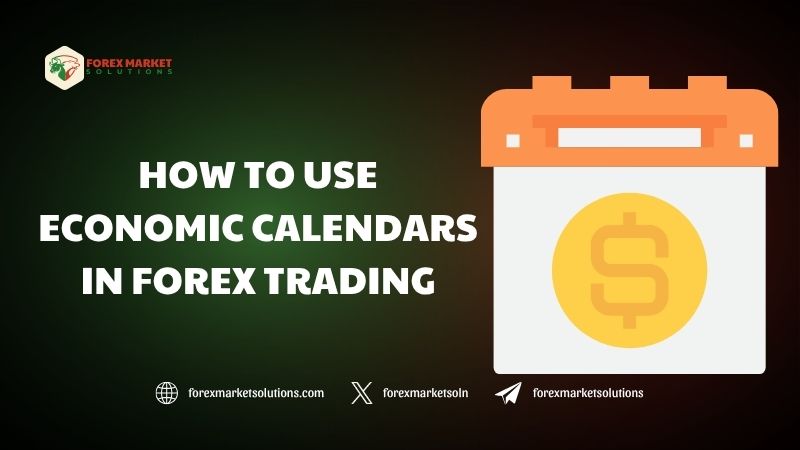The Forex market is driven by a complex interplay of economic events, from interest rate decisions to employment reports. For traders aiming to stay ahead, mastering how to use economic calendars in Forex trading is a critical skill. An economic calendar is a tool that lists upcoming economic events, data releases, and policy announcements, helping traders anticipate market volatility and make informed decisions. This comprehensive guide explores the role of economic calendars, how to interpret them, and strategies to leverage them for success in Forex trading.
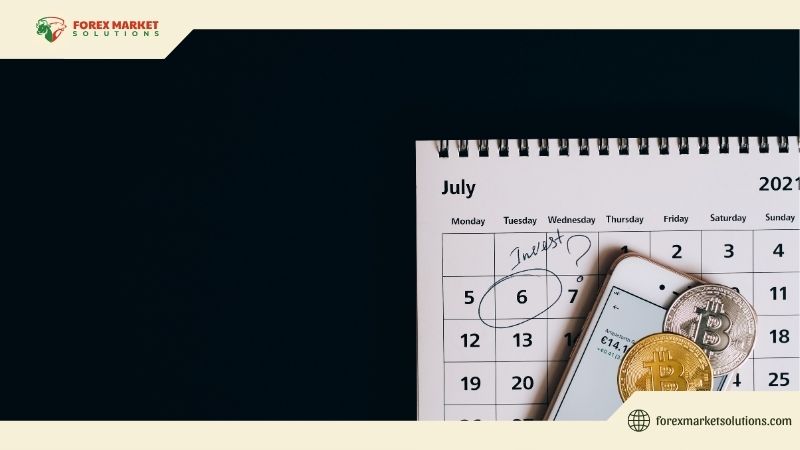
What Is an Economic Calendar?
To understand how to use economic calendars in Forex trading, it’s essential to first define what they are. An economic calendar is a schedule of economic events, such as GDP releases, inflation reports, or central bank meetings, that can influence financial markets. These calendars provide details like the event’s date, time, country, expected impact, and forecasted data, often compiled by financial news outlets or brokers.
Economic calendars are indispensable because Forex markets are highly sensitive to macroeconomic data. For example, a strong U.S. Non-Farm Payroll (NFP) report can strengthen the dollar, while a surprise rate cut by the European Central Bank may weaken the euro. By learning how to use economic calendars in Forex trading, traders can anticipate these movements and align their strategies accordingly.
Why Economic Calendars Are Essential for Forex Traders
The Forex market’s volatility is often tied to economic news, making economic calendars a vital tool. Understanding how to use economic calendars in Forex trading allows traders to prepare for high-impact events that drive price swings. Without this knowledge, traders risk being caught off-guard by sudden market shifts, leading to losses.
Calendars help traders plan their trades by highlighting when volatility is likely to spike. They also provide context for market sentiment, as actual data is compared to forecasts, influencing currency strength. For instance, if inflation data exceeds expectations, a currency may appreciate due to anticipated rate hikes. By mastering how to use economic calendars in Forex trading, traders gain a strategic edge, turning economic events into opportunities.
Key Economic Events to Watch
Not all events on an economic calendar have the same impact, so knowing how to use economic calendars in Forex trading involves prioritizing key releases. High-impact events include central bank interest rate decisions, which signal monetary policy shifts and directly affect currency values. For example, a rate hike by the Federal Reserve often strengthens the U.S. dollar.
Employment data, like the U.S. NFP or unemployment rates, is another critical focus, as it reflects economic health and influences policy expectations. Inflation reports, such as the Consumer Price Index (CPI), drive market reactions by indicating purchasing power and cost pressures. GDP growth figures and retail sales data also provide insights into economic performance, impacting currency pairs.
By focusing on these events, traders can effectively apply how to use economic calendars in Forex trading to identify high-probability trading opportunities and avoid unnecessary risks.
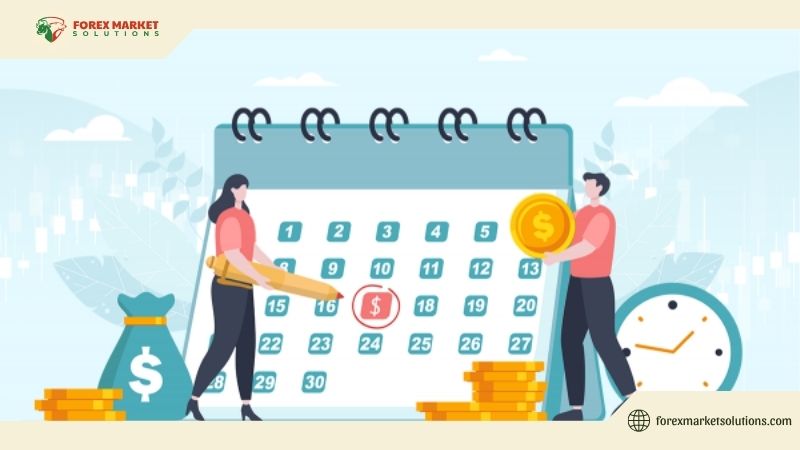
How to Read an Economic Calendar
Reading an economic calendar correctly is a fundamental part of how to use economic calendars in Forex trading. Most calendars display events in a table format, with columns for the date, time, currency affected, event name, impact level (low, medium, high), previous data, forecast, and actual results. The impact level indicates the event’s potential to move markets, with high-impact events warranting the most attention.
The forecast column shows economists’ expectations, while the actual result, released during the event, drives market reactions. A significant deviation between actual and forecasted data often triggers volatility. For example, if the actual NFP figure far exceeds the forecast, USD pairs may rally. Understanding these components ensures traders can leverage how to use economic calendars in Forex trading for precise decision-making.
Strategies for Trading with Economic Calendars
Using an economic calendar effectively requires strategic planning, a core aspect of how to use economic calendars in Forex trading. One approach is to trade the news, entering positions immediately after a high-impact release based on the data’s outcome. For instance, if CPI data is lower than expected, signaling dovish policy, a trader might short the affected currency.
Another strategy is to avoid trading during high-impact events, especially for beginners, as volatility can lead to unpredictable price swings. Instead, wait for the market to stabilize, typically 15-30 minutes after the release, and trade based on emerging trends. Technical analysis, such as identifying support and resistance levels, can complement this approach by pinpointing entry and exit points.
Hedging is also effective, using correlated pairs to offset risks during volatile events. By integrating these strategies, traders can maximize the benefits of how to use economic calendars in Forex trading while managing exposure.
Risk Management During Economic Events
Economic events can create sharp price movements, making risk management crucial when learning how to use economic calendars in Forex trading. One key practice is to reduce position sizes before high-impact releases to limit exposure. For example, trading with half your usual lot size can protect against unexpected volatility.
Stop-loss orders are essential to cap potential losses, especially during events like interest rate announcements, where prices can spike rapidly. Trailing stops can also lock in profits if the market moves in your favor. Avoid high leverage during these periods, as it amplifies both gains and losses, increasing risk.
Monitoring your account balance and setting risk-per-trade limits, such as 1-2% of your capital, further enhances safety. These measures ensure that traders applying how to use economic calendars in Forex trading can navigate volatility with confidence.
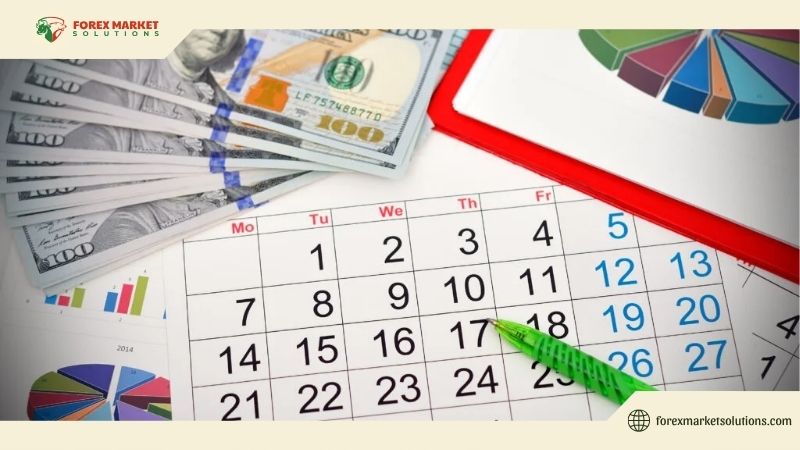
Choosing a Reliable Economic Calendar
Not all economic calendars are equal, so selecting a reliable one is a vital step in how to use economic calendars in Forex trading. Trusted sources include financial news websites like Bloomberg, Reuters, or Investing.com, which offer detailed and accurate calendars. Many Forex brokers also provide integrated calendars on their platforms, tailored to trading needs.
Look for calendars that allow customization, such as filtering by currency, impact level, or time zone, to focus on relevant events. Real-time updates are also critical, as economic data can be revised or released unexpectedly. A user-friendly interface with clear visuals enhances usability, ensuring traders can quickly interpret data. Choosing the right calendar is foundational to mastering how to use economic calendars in Forex trading.
Combining Economic Calendars with Other Tools
While economic calendars are powerful, they are most effective when combined with other tools, a key aspect of how to use economic calendars in Forex trading. Technical analysis, such as moving averages or Fibonacci retracements, helps confirm trends triggered by economic events. For example, a strong GDP release might push a currency pair above a key resistance level, signaling a buy opportunity.
Fundamental analysis, beyond the calendar, provides context. Monitoring central bank statements or geopolitical developments can explain why data deviates from forecasts. Sentiment analysis, derived from market news or trader positioning, also informs decisions. By integrating these tools, traders can create a holistic strategy, enhancing the effectiveness of how to use economic calendars in Forex trading.
Common Mistakes to Avoid
Even with a solid grasp of how to use economic calendars in Forex trading, traders can fall into traps. One common mistake is overtrading during high-impact events, driven by the excitement of volatility. This can lead to impulsive decisions and significant losses. Instead, stick to your trading plan and trade only when conditions align with your strategy.
Another error is ignoring low- or medium-impact events, which can still influence markets, especially in quieter periods. Failing to cross-check calendar data with other sources can also lead to misinformed trades if forecasts are outdated. Avoiding these pitfalls ensures traders fully leverage how to use economic calendars in Forex trading for consistent results.
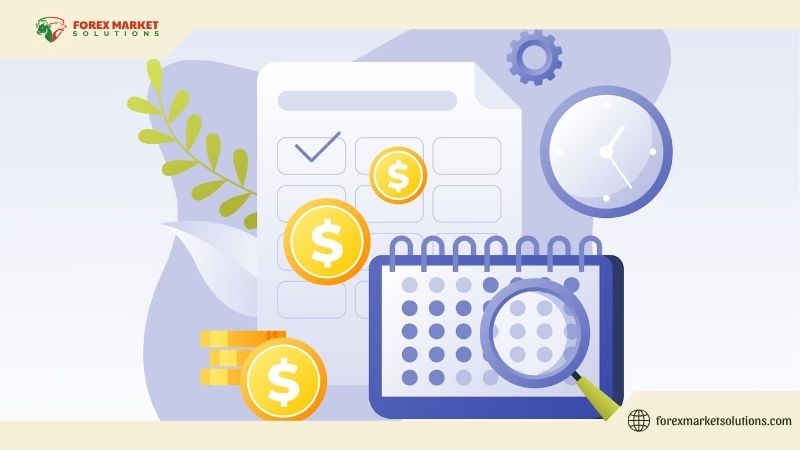
Staying Updated and Adapting to Market Changes
The Forex market evolves constantly, and staying updated is critical when applying how to use economic calendars in Forex trading. Regularly check for calendar updates, as events like unscheduled central bank meetings can emerge. Follow financial news to understand the broader context of economic data, such as geopolitical tensions affecting oil prices or trade policies impacting currencies.
Adapt your strategy as market conditions shift. For example, during periods of global uncertainty, safe-haven currencies like the yen may react differently to data. Continuous learning and flexibility ensure traders remain effective in how to use economic calendars in Forex trading over the long term.
Master Economic Calendars for Forex Success
Economic calendars are indispensable tools for navigating the Forex market’s volatility and seizing trading opportunities. By mastering how to use economic calendars in Forex trading, traders can anticipate market moves, manage risks, and execute strategies with precision. From prioritizing high-impact events to integrating technical and fundamental analysis, every step enhances your ability to trade confidently.
Ready to elevate your Forex trading with economic calendars? Visit Forex Market Solutions for expert tips, market insights, and resources to boost your success. Follow our website today to unlock the full potential of how to use economic calendars in Forex trading!
